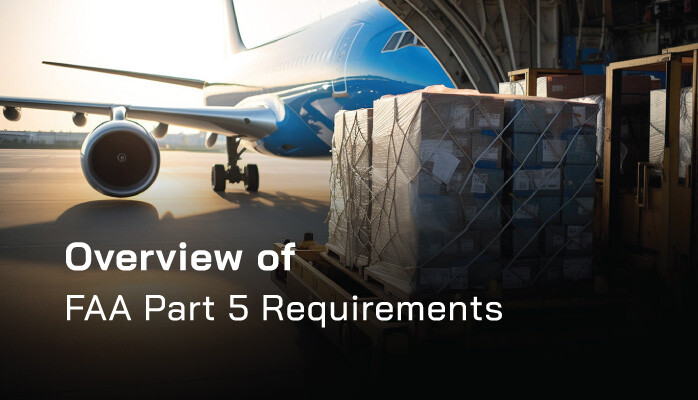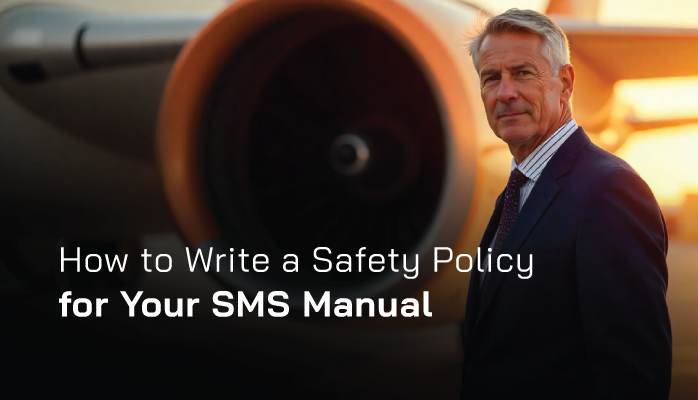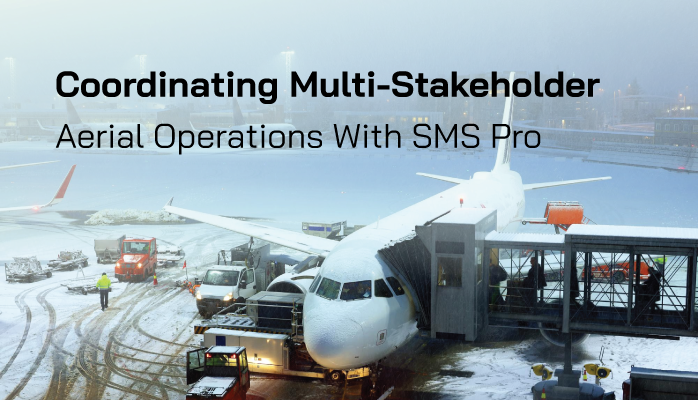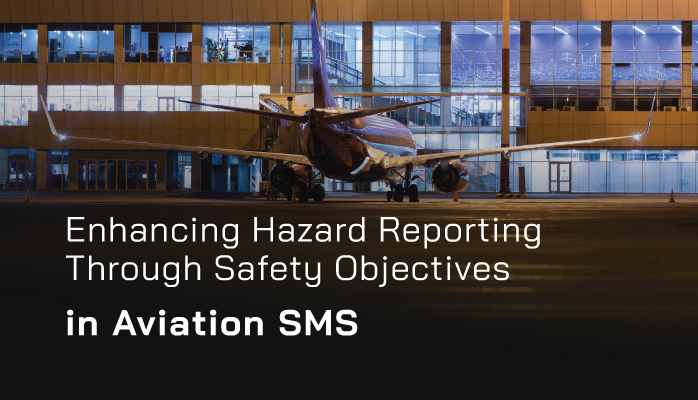In the fast-paced, ever-changing world of aviation, a robust safety culture is the backbone of operational excellence. For new safety managers tasked with preparing for Safety Management System (SMS) audits, one of the most daunting challenges is training accountable executives to champion safety culture.
These leaders, often focused on operational and financial priorities, may not immediately grasp the nuances of SMS or their role in fostering a proactive safety mindset. Yet, their buy-in is critical to embedding safety as a core organizational value.













